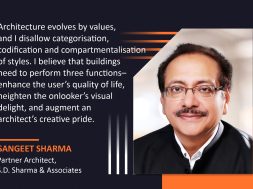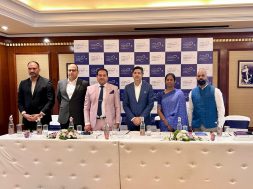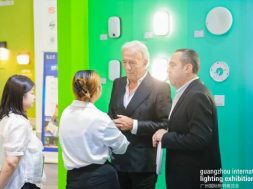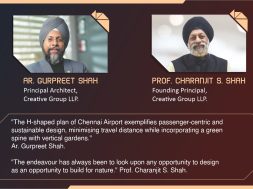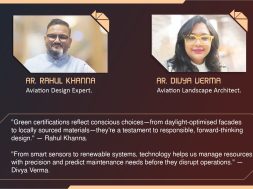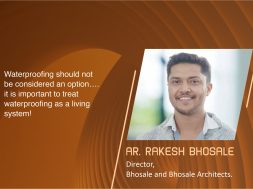Sustainability has become a responsibility
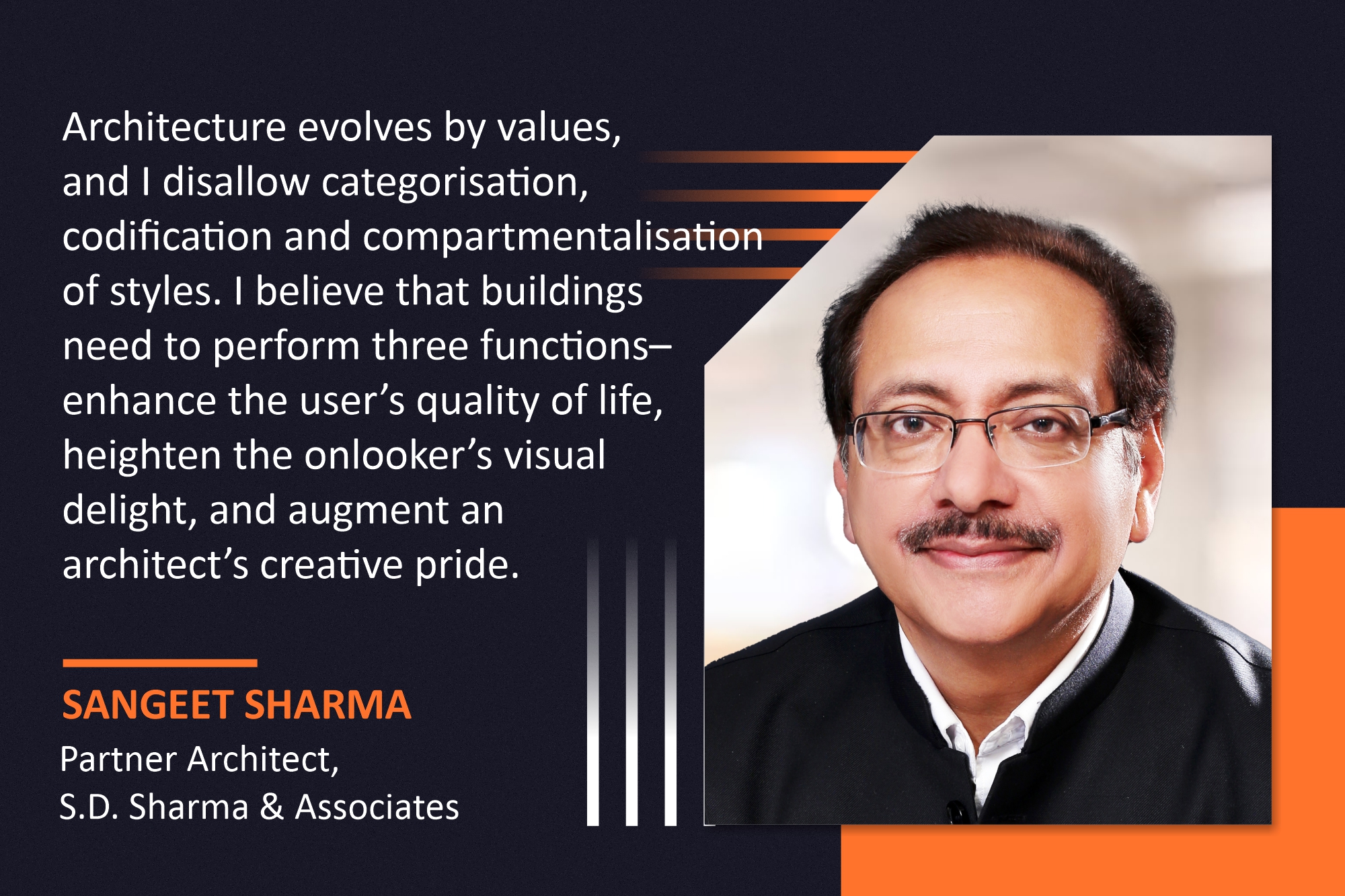
This interaction discusses how aesthetics and functionality can be tastefully balanced in designs, keeping in mind a place’s local climatic context and cultural aspects.
How would you blend cultural elements with modern architectural designs in your projects?
Modern architecture is not actually bereft of culture. With time, the vocabulary of modern architecture has changed, and the motifs of culture have crept in. When I combine the cultural elements in my architecture, which is primarily modern, I incorporate geometry, which is the integral basis of architecture. I subtly incorporate the cultural elements so that they are not overemphasised yet form a part of the overall impact of the design. The other significant factor that I bring to the fore is the history of the place, which I try to emphasise through visual geometry.
What, in your opinion, is balancing aesthetics and functionality through designs?
I balance aesthetics and functionality in equal measures. I do not follow a reported formula for blending functionality into aesthetics. I feel that, while “functionality” is an element penned on the paper, “aesthetics” is an element in parallel that is etched on the mind. Once formulated, both lay bare on the drawings in total cohesion and complement each other.
What, in your opinion, is the role of technology in shaping the future of architectural designs?
Technology is the propeller of progress! Technologies like parametric modelling software help design futuristic solutions. Therefore, the more advanced the architecture, the more dependent the technology is on implementing it. So, I strongly feel that the future lies in the hands of technology, and it is always a dependable tool in the hands of a master. Technology, while making itself indispensable, also gives us the freedom to experiment and soar higher with our creativity.

How do you ensure sustainability through your design philosophy?
Sustainability has become a responsibility. In my designs, sustainability is the key through which I discover the nuances of how to keep my design grounded; that is, it reflects the rootedness of the place where it is made. In my designs, a sustainable building will use natural climatic conditions and finds to blend in spaces that are more familiar to the context. My design philosophy is ambivalent and has mixed moods depending on the context. I make regional architecture with a global appeal and try to create global architecture with a regional appeal.
What are the important factors to consider in material selection to ensure the sustainability of projects?
The materiality of my projects is closer to green buildings. It is silly to import any material from far and wide into a place that may have a solution locally! Sustainability is ensured in procuring, laying, and the aesthetics of the material. One of the major sustainability components to be ensured is the permanence of the materials.
What is your architectural approach when working in different cultural and climatic contexts?
Culture and climate dictate architecture. I am sharing the design philosophy I used for an engineering college in Coimbatore, India. The city’s climate is devoid of moisture but is breezy without heavy rains. Considering this climatic context, I used double-height columns for an uninterrupted flow of breeze and disjointed blocks for constant cross-ventilation. The campus is adopted with all sustainable measures such as passive design elements, solar panels, calculated light fittings, non-toxic paints, adequate natural light and ventilation, and acoustically treated lecture halls. The design was made keeping the cultural aspects of the place as well. My design philosophy lies in considering the place’s climatic condition, incorporating cultural aspects, and taking appropriate steps to ensure sustainability.
For more details, visit: https://www.sdsa.co.in/
Cookie Consent
We use cookies to personalize your experience. By continuing to visit this website you agree to our Terms & Conditions, Privacy Policy and Cookie Policy.
